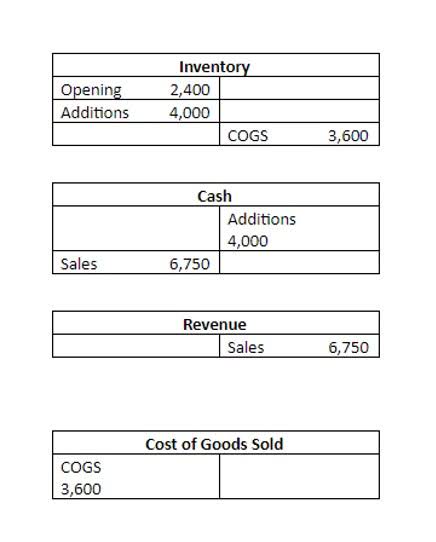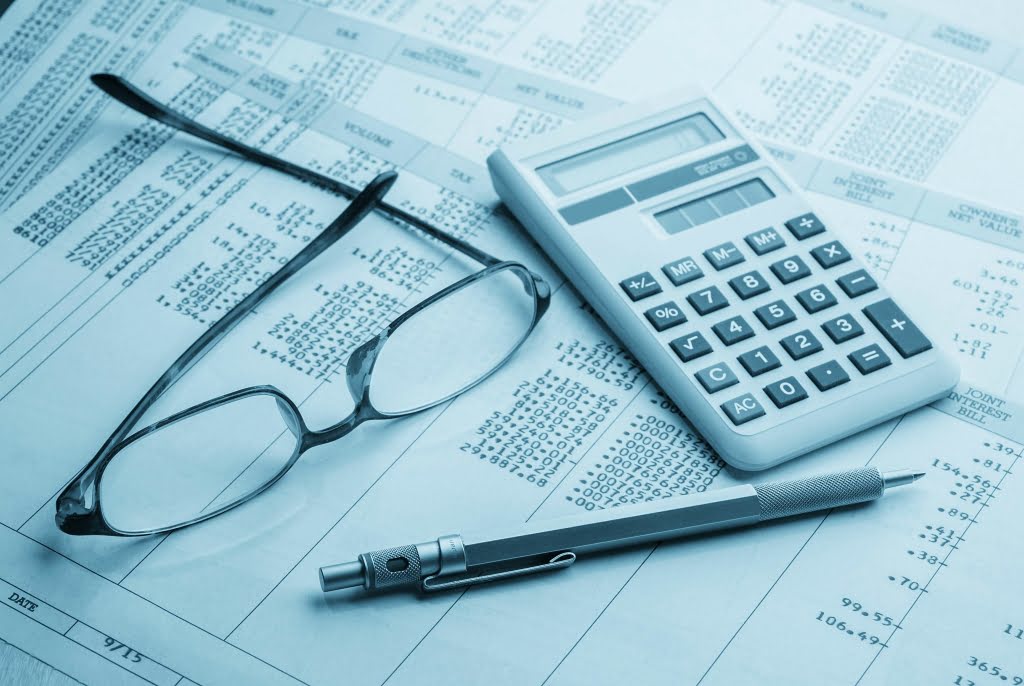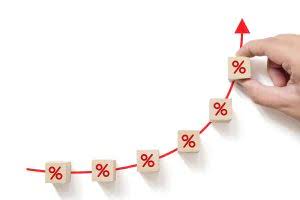
It affects international lenders and investors when foreign borrowers struggle to repay debts due to government instability, economic downturns, or legal changes that impact financial transactions and business operations. Financial institutions assess individual borrowers based on credit history, income, and credit risk definition financial behaviour. Credit risk is a core financial concept affecting lending institutions, businesses, and individuals. It represents the uncertainty of lending money, where the borrower may default on payments. When financial institutions extend credit, they take on the risk that the borrower may not fully repay the debt.
- There was little recognition that widespread defaults could threaten financial stability or that the legal framework governing credit needed systemic safeguards.
- Credit risk stress testing is a method financial institutions use to evaluate the impact of adverse economic scenarios on their credit portfolios.
- He currently manages the team of 80+ weath managers and financial advisors across four metro cities – Delhi, Bengaluru, Kolkata & Mumbai.
- To manage credit risk, start by checking a borrower’s repayment history and credit score.
- This is a numerical expression of a person’s creditworthiness, with the help of which the creditor assesses the likelihood of timely repayment of the debt.
- This will help you make better-informed credit decisions while protecting you from potential losses.
Automation Platforms for Scalable Credit Decisioning
The risk management function provides an independent perspective on credit risk management issues,including credit decisions and overall credit quality. The internal audit function provides Statement of Comprehensive Income assurance on the quality and effectiveness of the institution’s internal controls, systems and processes for credit risk oversight. Robust credit risk management is an integral component of the long-term viability of financial institutions. With the development of modern banking in the seventeenth to nineteenth centuries, credit risk began to acquire broader economic and legal implications.
- This can help detect any unusual financial activity, last-minute payment patterns, etc.
- You can reduce credit risk by maintaining a good credit score, managing debt responsibly, diversifying income sources, and building an emergency fund to avoid over-reliance on credit.
- In a world where market conditions shift rapidly, effective risk management is the foundation of financial stability and long-term success.
- Her work helps learners and professionals confidently navigate financial decisions, combining practical expertise with strong communication skills.
- Poor risk management can lead to unnecessary losses and missed opportunities, especially because risk departments need to manage risk with their organization’s budgetary, technical and regulatory constraints in mind.
- Your team can fill these gaps by following up with customers, finding alternative data sources, or using statistical methods that handle missing values properly.
What is the definition of credit quality risk?
- Credit Risk analysis simply means evaluating the creditworthiness of a borrower based on multiple financial metrics like their paying capacity, their reputation, and other relevant factors.
- Simply, credit pricing is the premium or extra fees on top of a reference/ Base rate that a Bank or lending institution takes to compensate for the assumed credit risk.
- These systems generate real-time alerts when a borrower’s financial situation changes, enabling lenders to adjust their risk exposure accordingly.
- This kind of risk has a very significant effect on the profit levels, the financial condition and the overall market reputation of the banks.
- The risk of losing investments because of either political or economic issues in the country of the borrower.
A significant DTI signals to lenders that you may not have the cash flow to manage your existing debt obligation. Some banks and other financial institutions may not accept borrowers with DTIs over a certain percentage to help them avoid potential risk. Under Basel II/III norms, banks employ a bank credit risk analysis approach—developing tailored PD, EAD, and LGD models for each portfolio segment.

Commercial & Industrial Lending

In case of poor performance, the bank may request that collateral be provided, reducing the credit risk impact. Another credit risk example in banks can be assumed, where company X wants to borrow $100,000, but it does not furnish sufficient information to perform a thorough credit evaluation. Therefore it is a higher credit risk and will be eligible for a loan only at a higher interest rate than companies with lower credit risk.

- He serves as Senior Director at C&R Software, where he collaborates with the solutions and integration teams to build immense value for clients.
- Scorecards and decision matrices bring together multiple factors, making decisions faster and more objective.
- To determine the right amount that can be lent to a borrower, financial institutions use credit risk modeling.
- They look to your past habits to guess how you’ll manage debt in the future.
- In this context, the risk involved is clear to the lender from the initial stages of the loan lifecycle, making the process of mitigating losses much simple.
Lenders typically recommend maintaining a front-end DTI ratio that’s less than 28% and a back-end DTI ratio that’s less than 36%. A lower DTI ratio can show creditors that a borrower can take on additional monthly payments. You can calculate your personal DTI ratio by dividing all your monthly obligations by your total gross salary. A credit score is a numerical rank—typically from 300 to 850—that reflects how likely a borrower is to pay back a debt.

How Banks Assess Credit Risk: Process & Best Practices
It encompasses all lending stages, from the initial credit assessment to the ongoing management of existing credit portfolios. Effective credit risk management starts with assessing the borrower’s profile and continues till recovery and beyond. Banks must create agile lending processes equipped with relevant rating systems to identify creditworthiness and charge appropriate interest rates.

Building compliance into your risk strategy
By utilizing an online application system, data gathering and storage become more efficient. A retail investor buys corporate bonds worth $50,000 whose credit rating falls after a year, ultimately reducing its market value to $48,000 in comparison to the government bond with the same maturity date. Such uncertainties can be managed through the proper analysis of credit rating, diversification, and hedging. CreditWise is free for everyone—whether or not you have a Capital One card—and https://www.bookstime.com/ using it won’t hurt your credit scores.
